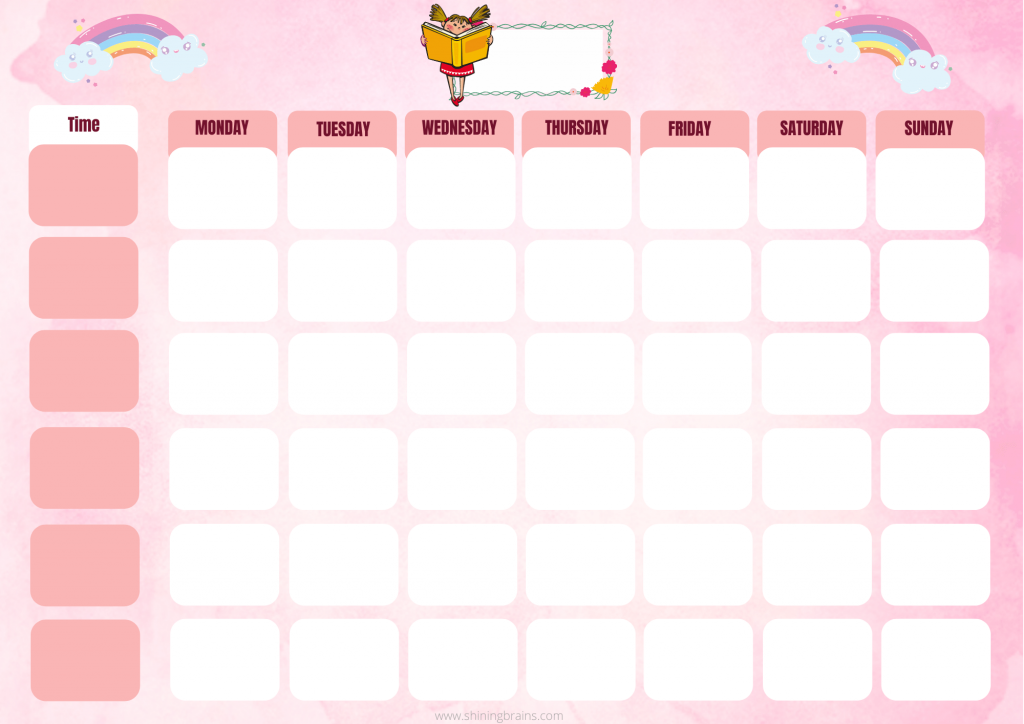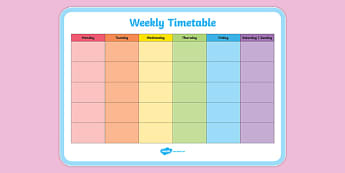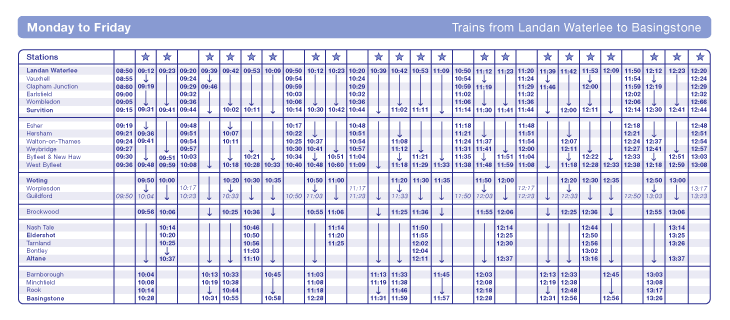
Vertical line markers: Vertical markers indicate the current data of a project on the chart, helping you see where your project is at and how much work is left to do.Dependencies: Arrows or lines are used to denote which tasks are dependent on each other.Progress is tracked in relation to how close each phase is to its corresponding milestone, sometimes showing a completion percentage of an ongoing task.

Milestones and progress: Certain points of a project are represented as milestones, which on a Gantt chart can look like tasks with a distinct marker.

Tasks are organized vertically on the left, with bars representing each task shown as a visual bar on a timeline to better view task dependencies over a project’s lifetime.

Managers can use them as a high-level guide to track project progress.Allows for a visual understanding of a project’s scope and requirements.Can help with resource management when it comes to planning marketing campaigns.Simplify complex projects and help track their KPIs.Here are a few ways they come in handy for different goals or projects: There are many different use cases for Gantt charts and they can be applied to any type of project. It serves as a single source of truth for teams everyone instantly knows what they have to work on, when, and how it impacts the overall project. A simple Gantt chart clarifies deadlines, milestones, and project progress.


 0 kommentar(er)
0 kommentar(er)
